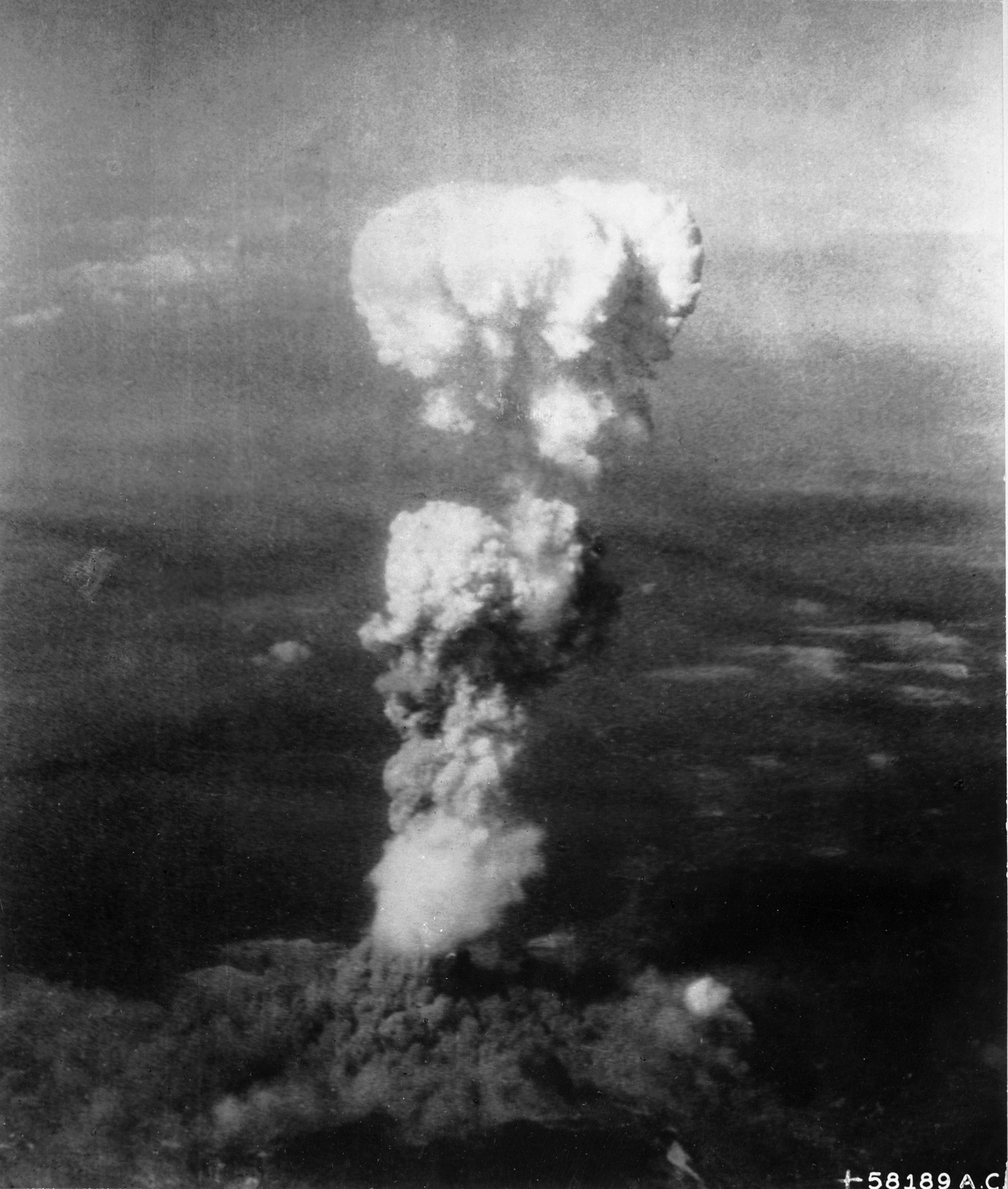When the bomb detonated, the air around was superheated to 3000 °C, instantly vaporising anyone near the vicinity. They were the lucky ones. For some Hiroshima residents, their outlines of their bodies caught on walls or pavement was the only thing that was left. Birds dropped from the sky in flames, incinerated by temperatures equivalent to half the surface of the sun. The explosion was equivalent to 15 kilotons of TNT with the blast radius of the bomb 1.6 km. Anybody who survived in anywhere within that area would either be seriously injured, deaf, blind, or all of the above. The shockwave from the bomb was so strong that glass shattered in suburbs 12 miles away. However, this was not the end. Moments after the explosion, air that was blown away from the bomb immediately rushed back to the center of the initial blast, creating hurricane force winds as well as a firestorm, killing even more people. When finally the fires died down and a calm returned to the land where once a city stood, an eerie rain of black ash and radioactive dust fell. The first nuclear bomb ever used against civilians has exploded, but it will not be the last.
Back on the Enola Gay, what could be seen was a huge mushroom cloud and a burning, devastated landscape that once stood a city.

Looking down at the destruction moments after the explosion, Navigator Theodore Van Klirk noted that the city "looked like a pot of boiling, black oil" (True Stories of The Second World War, Paul Dowswell, pg 150).
Nagasaki...
3 days later, Bockscar dropped the Nagasaki bomb, with almost the same effects. "Fat Man" was 6 kilotons stronger than "Little Boy".
The mushroom cloud of "Fat Man".

No comments:
Post a Comment